There Areca palm (Dypsis lutescens) is a plant belonging to the family of Arecaceaenative to Madagascar and now naturalized in all tropical and sub-tropical areas of the world. In our latitudes it is a very popular palm as an ornamental plant, as it has an elegant and sophisticated appearance thanks to its long, arched bright green leaves and slender yellow-gold stem. For this reason it is also known as golden palm.
The Areca palm is a plant that requires specific care and attention to grow well, including good exposure to sunlight, regular watering and an adequate temperature. In this article, therefore, we see everything there is to know to cure one Dypsis lutescens in home.
How is a plant made of Dypsis lutescens in nature?

The plant of Dypsis lutescens, like many other palms, in nature it has a slender and thin stem which can grow to a height of about 6-7 meters if grown in good conditions. The stem is covered with rings of leaf scars, where the previous leaves were attached, which gives it a decorative look.
The leaves of Dypsis lutescens they are long, arched and bright green in colour. They are composed of numerous leaflets, arranged alternately along the petiole, which can be of different length and size. The leaflets are lanceolate in shape, i.e. elongated and pointed at the two ends, and can reach a length of about 30-40 cm.
This palm also produces flowers and fruit. The flowers are creamy-white in color and develop into long pendulous inflorescences, which can measure up to one meter in length. The fruits, on the other hand, are oval in shape and yellow-orange in color when ripe, and contain only one seed inside.
How does an Areca palm grow indoors?
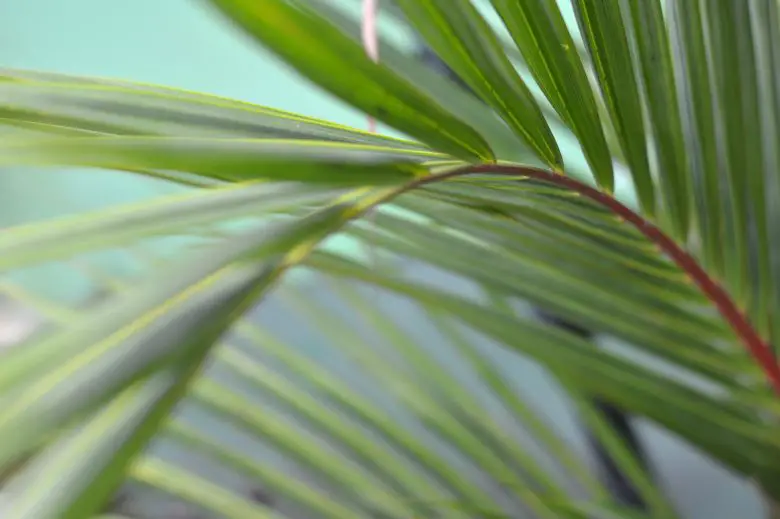
Obviously the growth of the Areca palm in a domestic environment is different and depends on various factors, such as the amount of light, humidity and ambient temperature, as well as the size of the pot in which it is grown.
In general, a plant of Dypsis lutescens grown indoors it can reach a height of about 1.5-2 m, but this will require several years of growth. The plant develops numerous thin golden-yellow stems, which end in fronds of green and glossy arched leaves. It is important to keep in mind that these palms require some patience and care to grow well, as they are relatively slow growing. So let’s see what are the treatments to dedicate to her.
Where to place the Areca palm?
There Dypsis lutescens it is a plant that can easily be grown at home, provided it is provided with the ideal environmental conditions for its development.
First, the Areca palm requires a good amount of sunlight, but it is not direct. The ideal location for growing indoors is near an east- or west-facing window, where the plant can enjoy filtered sunlight.
The ideal temperature for growing Dypsis lutescens it is around 20-25 °C during the day and must not drop below 15 °C at night. The plant does not tolerate temperatures below 10 °C well. The Areca palm prefers a humid environment, so it is advisable to keep it in a place with good air humidity and away from artificial heating sources. To improve the environmental humidity in very dry seasons, one can resort to the use of humidifiers or place the plant in a tray with pebbles and water to increase the humidity.
With the right care, the Areca palm can reach its full beauty and become a great addition to your home decor.
What is the ideal soil to grow a Dypsis lutescens potted?
To cultivate one Dypsis lutescens in pot, it is important to use a quality soil, well draining and enriched with organic substance. The ideal soil must have a neutral pH and should therefore consist of a potting mix for green plants and some expanded perlite for drainage, home compost or earthworm humus for top dressing.
What type of pot is recommended for an areca palm and after how long is repotting necessary?
For the cultivation of an Areca palm it is advisable to use a pot of a size suitable for the size of the plant, so that it has enough space for the roots.
You can use clay pots or plastic pots, as long as they are strong and heavy enough not to fall over easily. Terracotta has the advantage of being porous, allowing excess water to evaporate more easily.
As for repotting, a Dypsis lutescens young should be repotted approximately every 2-3 years, while an adult plant can be repotted every 3-4 years. Repotting should preferably be done in spring, when the plant is in the active growth phase. It is important to use a quality, well-draining, nutrient-enriched potting soil to provide the plant with the nutrients it needs to grow. Also, it is advisable to remove any dead or damaged roots during the repotting process.
How can a plant be multiplied by Dypsis lutescens?
There Dypsis lutescens it can be multiplied vegetatively, by dividing the tuft.
The division of the tuft can be done at the time of repotting, when the plant has outgrown its container and you want to create smaller plants. To do this, gently extract the plant from the pot and divide the head into several parts, trying to preserve the roots as much as possible. The new plants thus obtained must then be repotted in single pots with fresh soil and watered carefully.
How to water an Areca palm?
The watering of Dypsis lutescens it depends on various factors such as the size of the pot, the type of soil used, the ambient humidity and the temperature. In general, it is advisable to water the plant only when the soil is slightly dry on the surface, avoiding leaving it dry for too long or, vice versa, soaking it too much, as both situations can cause damage to the plant.
It is important to use room temperature water and water sparingly, avoiding letting the water stagnate in the saucer. During periods of active growth, in spring and summer, the Areca palm requires more water than in the winter months, when watering can be reduced to once every 2-3 weeks.
Finally, it is important to avoid wetting the leaves of the plant, as humidity can promote the growth of fungi and bacteria. It is therefore advisable to water the plant directly at the base. In case of doubt, the humidity of the soil can be checked by inserting a finger at a depth of about 2-3 cm: if the soil is still damp, it is possible to postpone watering for a few days.
How to fertilize a plant Dypsis lutescens?
To fertilize a pot-grown Areca palm plant, it is advisable to use a specific organic liquid fertilizer for green plants. Check that this contains a balanced ratio of nutrientssuch as nitrogen (N), phosphorus (P) and potassium (K), together with other trace elements such as iron (Fe), manganese (Mn) and magnesium (Mg).
The liquid fertilizer can be administered during the growing season, i.e. from spring to autumn. The frequency is about once a month, diluting the fertilizer in the irrigation water according to the instructions on the package.
It is important not to exceed the doses of fertilizer, as excess nutrients can cause damage to the plant and compromise its health. Furthermore, it is important to avoid fertilizing the plant during periods of vegetative rest, i.e. in winter, when the plant requires fewer nutrients.
How do you polish the leaves of the Dypsis lutescens?
Usually, it is not necessary to polish the leaves of the Areca palm, as adult plants naturally produce a waxy layer on the surface that makes them shiny. However, if you want to give the leaves more shine, you can use a simple damp cotton cloth to remove dust and dirt. It is essential to limit yourself to this and not to use polishing products that contain alcohol or abrasive substances, which can damage the surface of the leaves and compromise the health of the plant.
How do you prune an Areca palm?
There Dypsis lutescens it does not require regular pruning, but only the removal of dry or yellowed leaves. These can be cut at the base of the petiole with clean scissors, being careful not to damage the plant.
If the plant becomes too tall for our space requirements and disproportionate to the pot, a drastic pruning can be performed. This allows to reduce its size and favor its branching. This operation, to be done only in extreme cases, should preferably be carried out in spring. To do this, the plant must be cut to a height of about one third of its total height. In this way, the plant will emit new shoots from the base and a thicker and more harmonious crown will form.
What parasites attack the Dypsis lutescens?
The Areca palm can be attacked by several pests, including:
- cochineal: these insects feed on the sap of the plant and can cause yellowing and drying of the leaves. They are recognizable as small white or brown spots on the leaf surface. They can be eliminated manually at the first signs of infestation or, if the attack is already extensive, using white mineral oil for cochineal;
- red spider mite: these tiny mites attack the underside of the leaves in summer and can cause severe yellowing of the leaves. To eliminate them from the vegetation it is necessary to increase the environmental humidity and, in the case of serious attacks, nebulize the leaves with fresh water.
To prevent the attack of parasites, it is important to keep the plant healthy and in good condition, avoiding water and nutritional stress.
Is the Areca palm useful for purifying the domestic environment from pollutants?
There Dypsis lutescens it is known for its air purifying properties and can help remove some household pollutants from the environment. In particular, the leaves of the plant can absorb a number of pollutants, including benzene, toluene, formaldehyde and acetone. These are substances present in many homes, due to products such as paints, cleaners, glues and pressed wood furniture.
The ability to absorb these pollutants depends on the size of the plant, the number of leaves and the surface area of the leaves. Therefore, to obtain an air purifying action, it is important to grow a healthy and vigorous plant and place it in a well-ventilated area of the house.
However, it is important to note that a single plant cannot completely purify the air in a room, especially if the environment is heavily polluted. To improve the air quality in your home, you also need to take other measures, such as good ventilation, the use of natural cleaning products and humidity control.


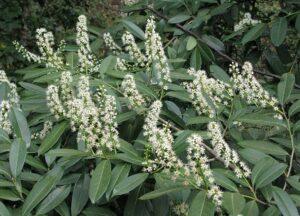
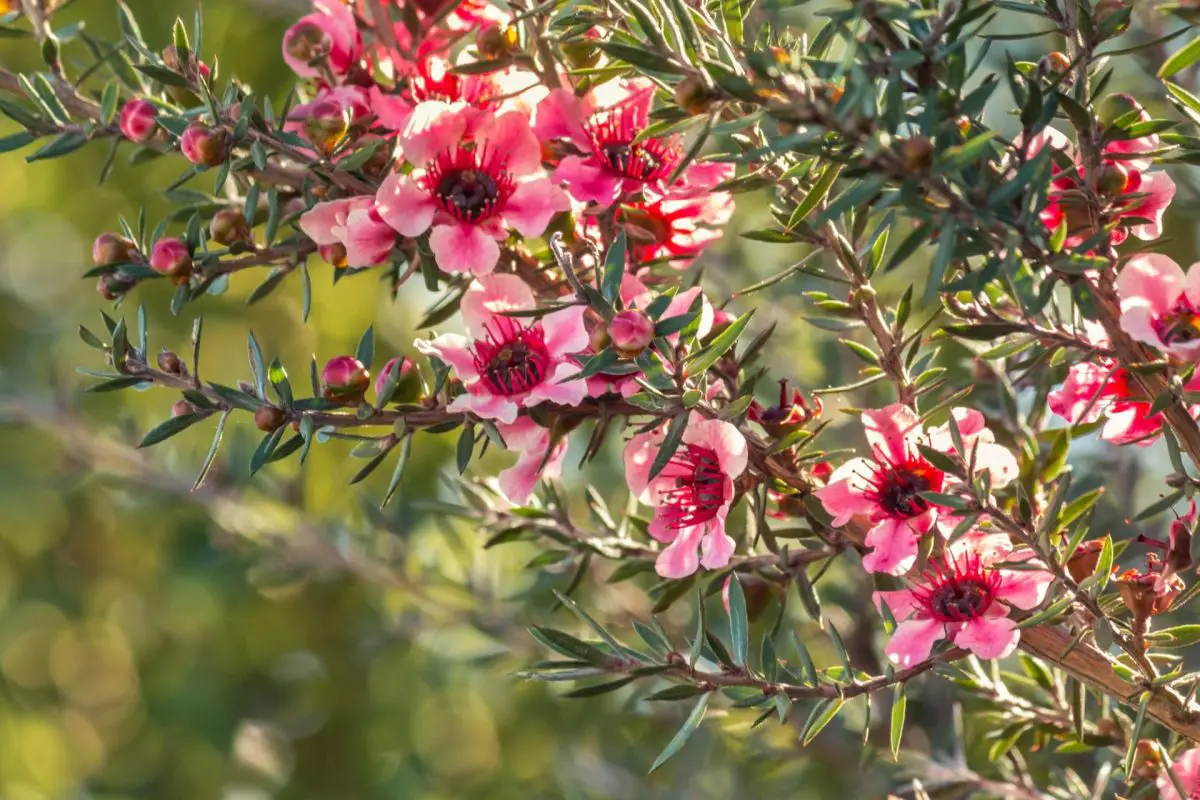
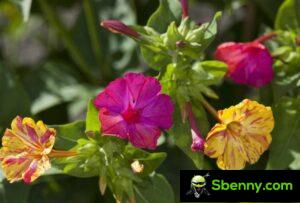
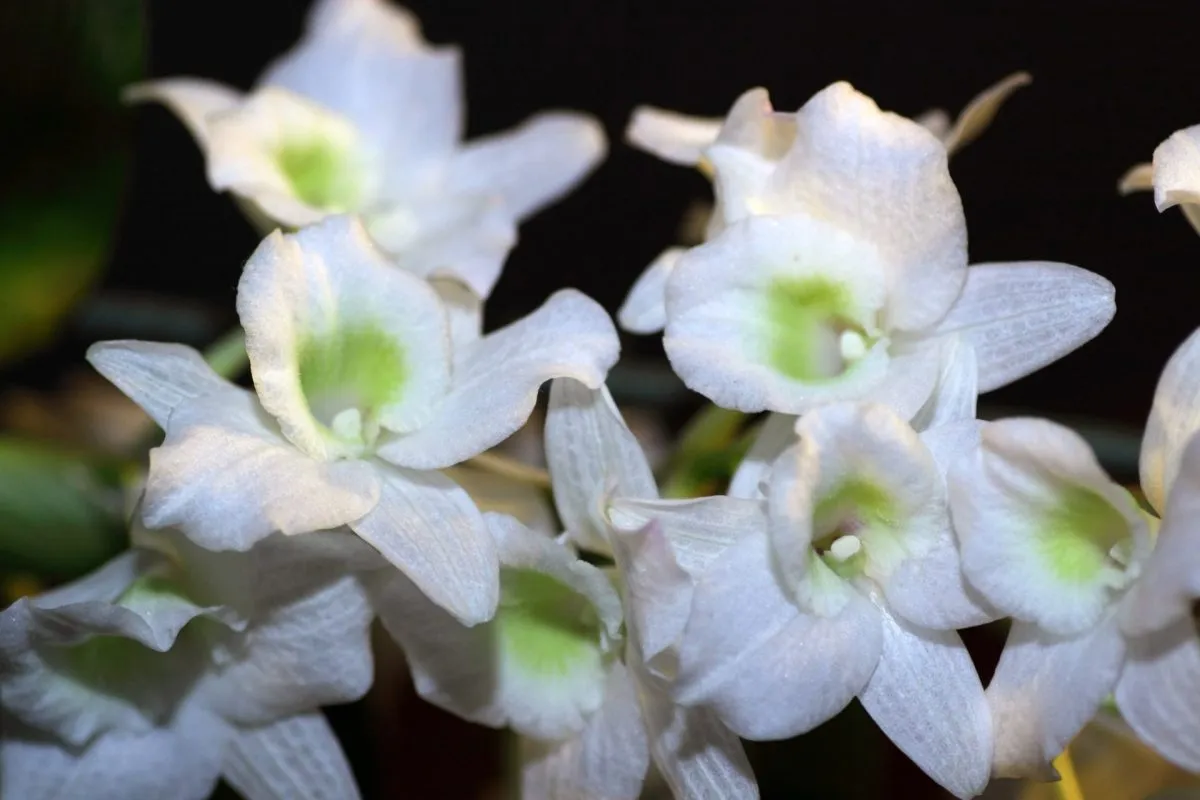
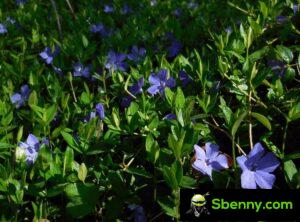
Start a new Thread